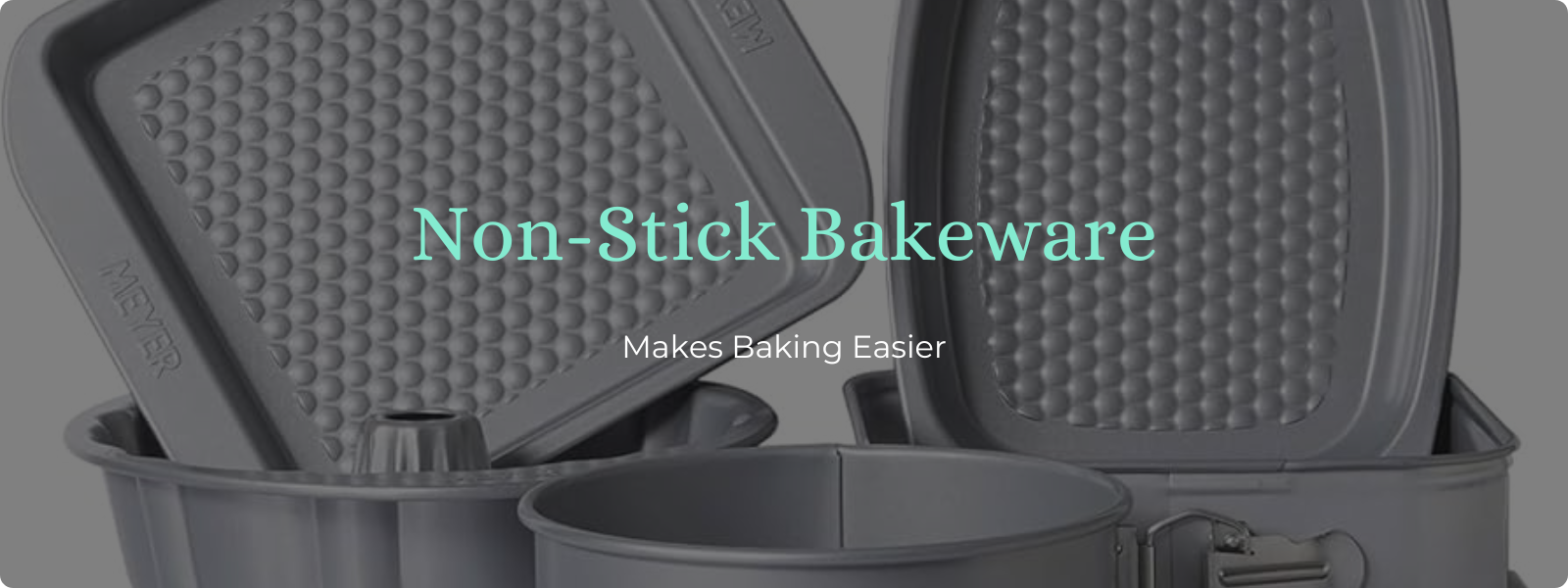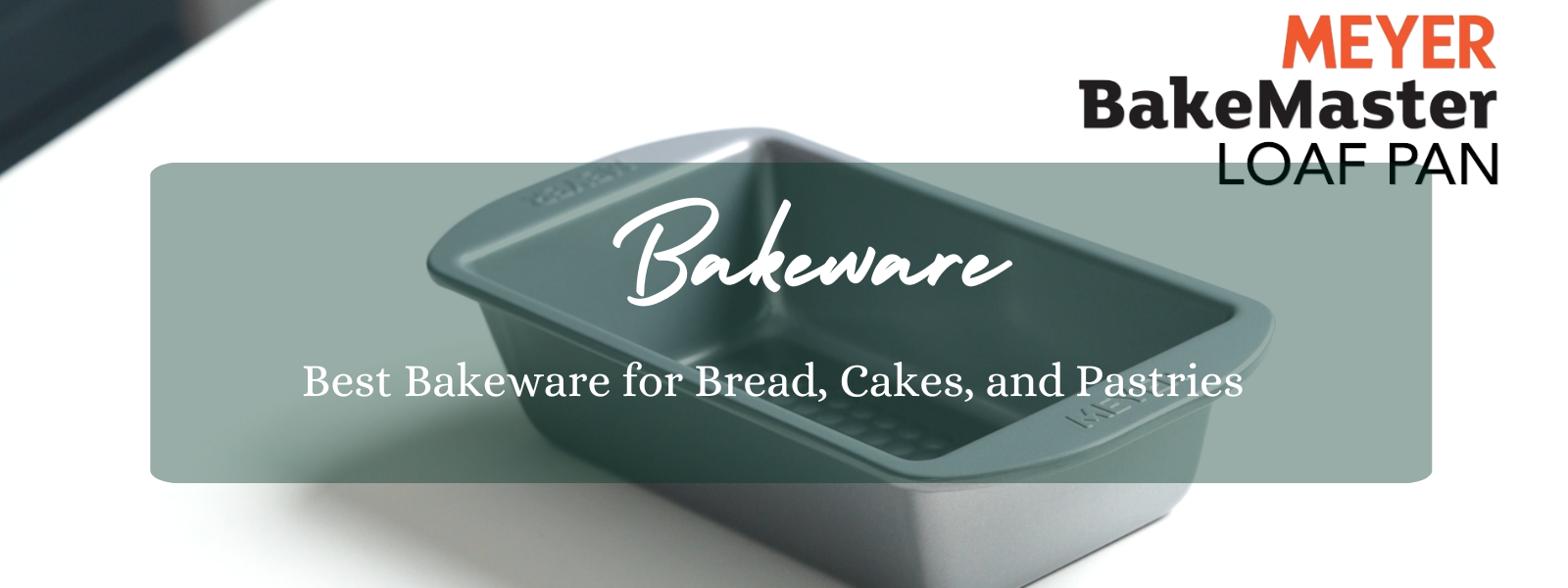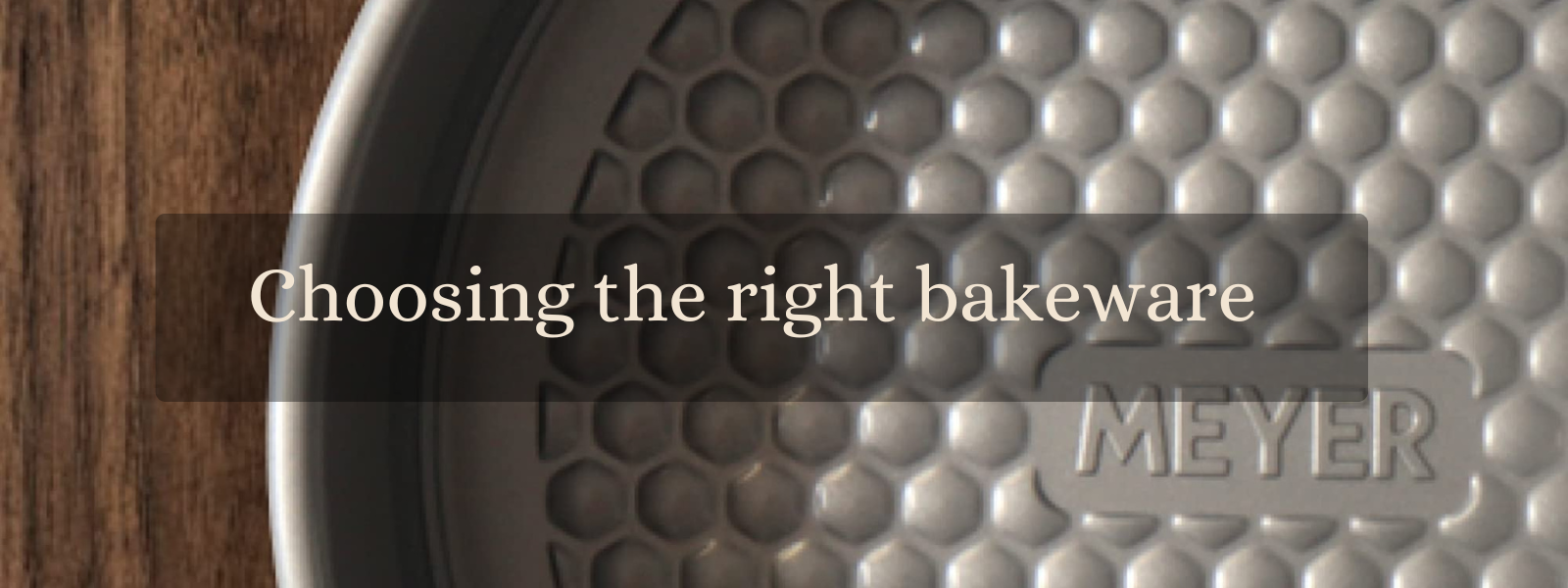In 2025, choosing the right cookware material has become more important than ever. With a wide variety of options available, it's essential to understand how the material affects not just cooking performance but also health, durability, and sustainability. Below are the key factors to consider when selecting cookware based on its material.
Table of Contents
Heat Distribution and Retention
Cookware material directly impacts how heat is distributed across the surface. For example:
-
Stainless Steel is durable but may not conduct heat as evenly. It often comes with an aluminum or copper base to improve heat distribution.
-
Cast Iron retains heat exceptionally well, making it ideal for slow cooking or searing. It also offers excellent heat retention, ensuring your food stays warm longer.
-
Non-Stick materials, such as ceramic or Teflon, heat quickly but often have limitations when it comes to retaining high temperatures over time.
Durability and Longevity
The lifespan of cookware is heavily influenced by the material:
-
Stainless Steel is known for its long-lasting durability. It doesn’t rust, and with proper care, it can last for decades.
-
Cast Iron requires maintenance (seasoning) but can last for generations if cared for properly.
-
Non-Stick Cookware is convenient but typically doesn’t last as long as metal options and can be easily scratched if not treated carefully.
Ease of Maintenance
Different materials require different levels of care:
-
Stainless Steel is generally low-maintenance, requiring only periodic cleaning with soap and water.
-
Cast Iron requires seasoning to maintain its non-stick properties and prevent rust.
-
Non-Stick Cookware is easy to clean but can be damaged by the use of metal utensils, making it important to be gentle with it.
Health Considerations
What’s inside your cookware matters as much as how it performs:
-
Stainless Steel is non-reactive, which means it won’t leach harmful chemicals into food. It’s an excellent choice for health-conscious cooking.
-
Cast Iron offers the added benefit of iron fortification in your food, but it can be prone to rust if not maintained properly.
-
Non-Stick Cookware is often free of harmful chemicals like PFOA and PTFE, but some older or low-quality non-stick pans may contain toxic substances.
Eco-Friendliness
Sustainability is a growing concern, and choosing eco-friendly cookware is a step toward making greener choices:
-
Stainless Steel is highly recyclable and lasts a long time, making it a sustainable option.
-
Cast Iron is durable and typically doesn’t need to be replaced, but its heavy weight can impact transport and storage.
-
Non-Stick Materials vary widely in eco-friendliness. High-quality, PFOA-free non-stick cookware is a better choice, but some brands use materials that are less eco-conscious.
Cooking Style
Your cooking style plays a large role in choosing the right material:
-
Stainless Steel is versatile and works well for a variety of cooking methods, from searing and frying to simmering sauces and making stews.
-
Cast Iron is ideal for slow-cooking, frying, and baking, making it perfect for hearty dishes and deep-frying.
-
Non-Stick Cookware is perfect for delicate cooking tasks like making eggs, pancakes, or sautéing vegetables without much oil.
Popular Cookware Materials in 2025
-
Meyer Select Stainless Steel Cookware: Known for its superior heat conduction and non-reactivity, making it a top choice for precise cooking.
-
Meyer Pre-Seasoned Cast Iron Cookware: Durable, long-lasting, and great for slow cooking and searing, this cookware provides excellent heat retention.
-
Meyer Non-Stick Cookware (Luminescence Series): A great option for those who need easy-to-clean, efficient cookware for quick meals with minimal oil.
Conclusion
When selecting cookware in 2025, the material you choose can significantly affect your cooking experience and outcomes. Consider factors such as heat distribution, ease of maintenance, health implications, and durability before making your decision. By understanding the strengths and weaknesses of each material, you’ll be able to select the best cookware for your needs and enjoy years of cooking perfection. Whether you’re looking for stainless steel, cast iron, or non-stick options, there’s a material that suits every cooking style and lifestyle.













Leave a comment